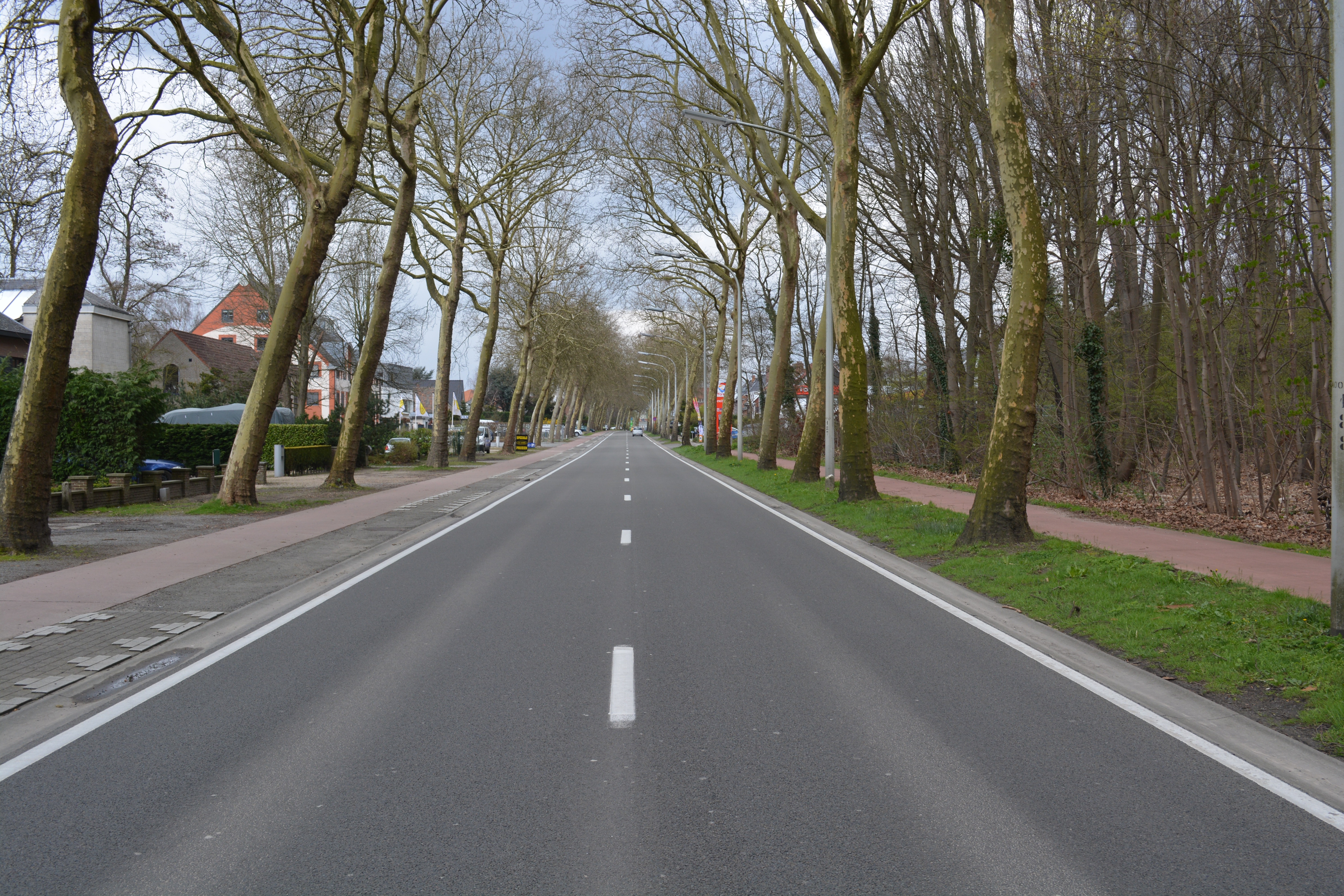Lesson 9
Scaling the Inputs
- Let’s use scale factors in different ways.
9.1: Out and Back
Every weekend, Elena takes a walk along the straight road in front of her house for 2 miles, then turns around and comes back home. Let’s assume Elena walks at a constant speed.

Here is a graph of the function \(f\) that gives her distance \(f(t)\), in miles, from home as a function of time \(t\) if she walks 2 miles per hour.


-
Sketch a graph of the function \(g\) that gives her distance \(g(t)\), in miles, from home as a function of time \(t\) if she walks 4 miles per hour.
- Write an equation for \(g\) in terms of \(f\). Be prepared to explain why your equation makes sense.
9.2: A New Set of Wheels
Remember Clare on the Ferris wheel? In the table, we have the function \(F\) which gives her height \(F(t)\) above the ground, in feet, \(t\) seconds after starting her descent from the top. Today Clare tried out two new Ferris wheels.
- The first wheel is twice the height of \(F\) and rotates at the same speed. The function \(g\) gives Clare's height \(g(t)\), in feet, \(t\) seconds after starting her descent from the top.
- The second wheel is the same height as \(F\) but rotates at half the speed. The function \(h\) gives Clare's height \(h(t)\), in feet, \(t\) seconds after starting her descent from the top.
| \(t\) | \(F(t)\) | \(g(t)\) | \(h(t)\) |
|---|---|---|---|
| 0 | 212 | ||
| 20 | 181 | ||
| 40 | 106 | ||
| 60 | 31 | ||
| 80 | 0 |
- Complete the table for the function \(g\).
- Explain why there is not enough information to find the exact values for \(h(20)\) and \(h(60)\).
- Complete as much of the table as you can for the function \(h\), modeling Claire's height on the second Ferris wheel.
- Express \(g\) and \(h\) in terms of \(f\). Be prepared to explain your reasoning.
9.3: The Many Transformations of a Function $P$
Function \(k\) is a transformation of function \(P\) due to a scale factor.

- Write an equation for \(k\) in terms of \(P\).
- On the same axes, graph the function \(m\) where \(m(x)=P(0.75x)\).
- The highest point on the graph of \(P\) is \((1,2)\). What is the highest point on the graph of a function \(n\) where \(n(x)=P(5x)\)? Explain or show your reasoning.
- The point furthest to the right on the graph of \(P\) is \((4,0)\). If the point furthest to the right on the graph of a function \(q\) is \((18,0)\), write a possible equation for \(q\) in terms of \(P\).
What transformation takes \(f(x)=2x(x-4)\) to \(g(x)=8x(x-2)\)?
Summary
Here are two graphs showing the distance traveled by two trains \(t\) hours into their journeys. What do you notice?

Where Train A traveled 25 miles in 1 hour, Train B traveled 25 miles in half the time. Similarly, Train A traveled 150 miles in 4 hours while Train B traveled 150 miles in only 2 hours. Train B is traveling twice the speed of Train A.
A train travelling twice the speed gets to any particular point along the track in half the time, so the graph for Train B is compressed horizontally by a factor of \(\frac12\) when compared to the graph of Train A. If the function \(f(t)\) represents the distance Train A travels in \(t\) hours, then \(f(2t)\) represents the distance Train B travels in \(t\) hours, because Train B goes as far in \(t\) hours as Train A goes in \(2t\) hours.
If a different Train C were going one fourth the speed of Train A, then its motion would be represented by \(s = f(0.25t)\) and the graph would be stretched horizontally by a factor of 4 since it would take four times as long to travel the same distance.